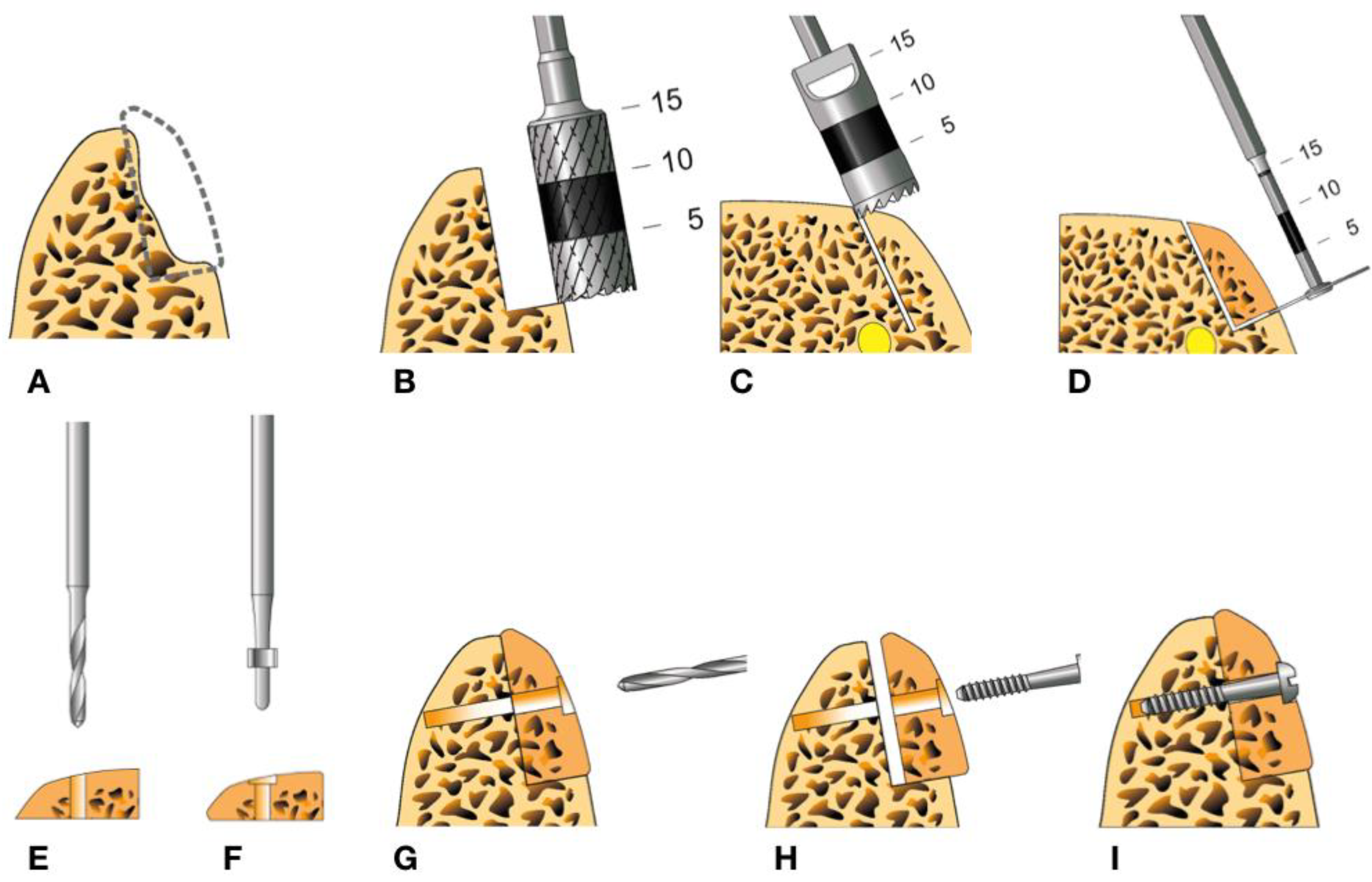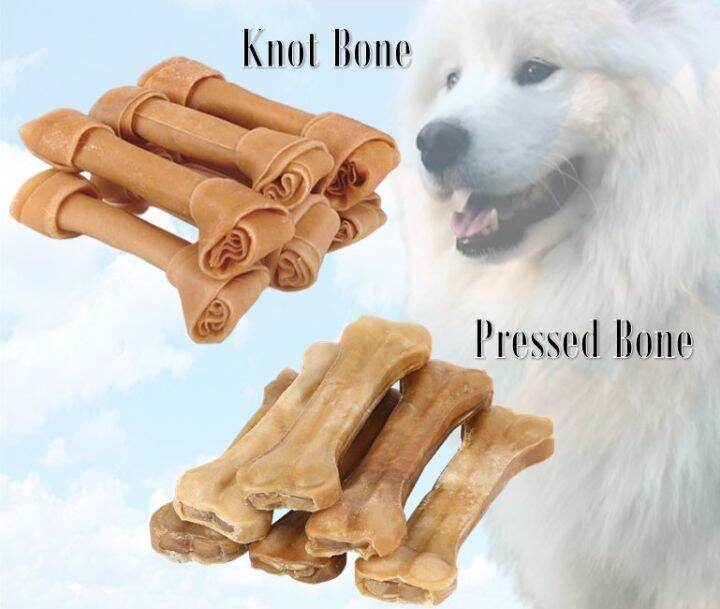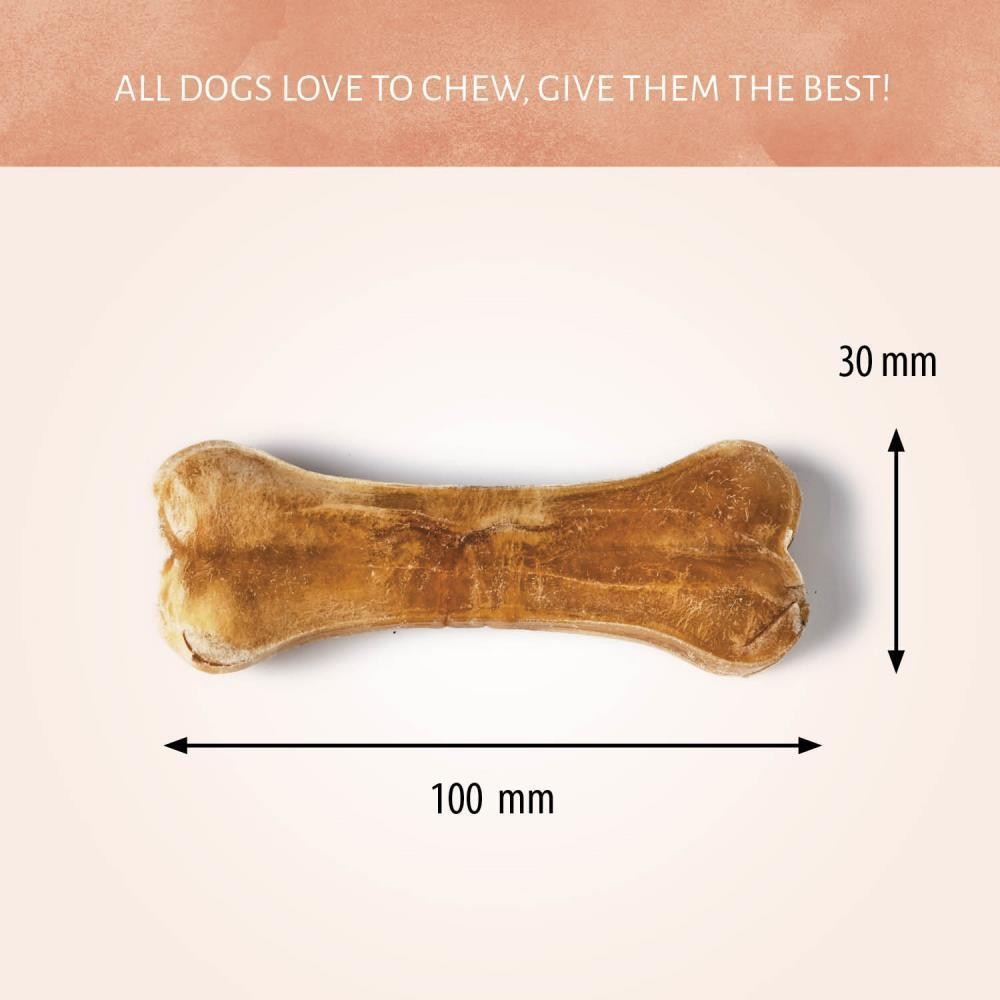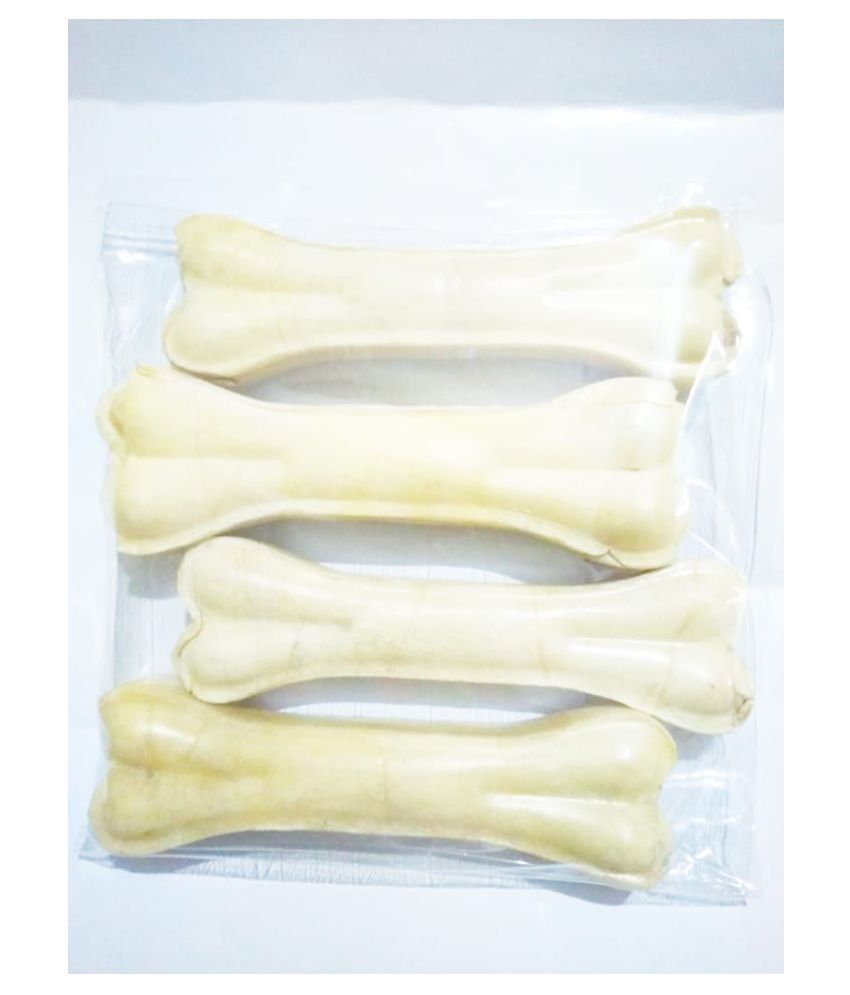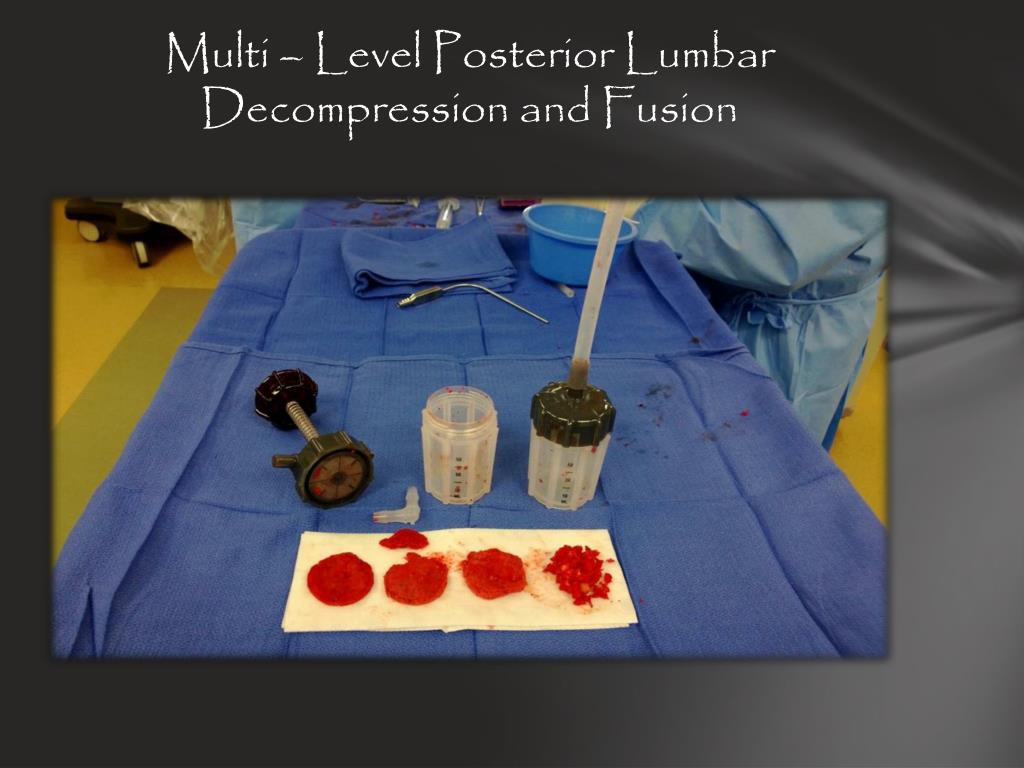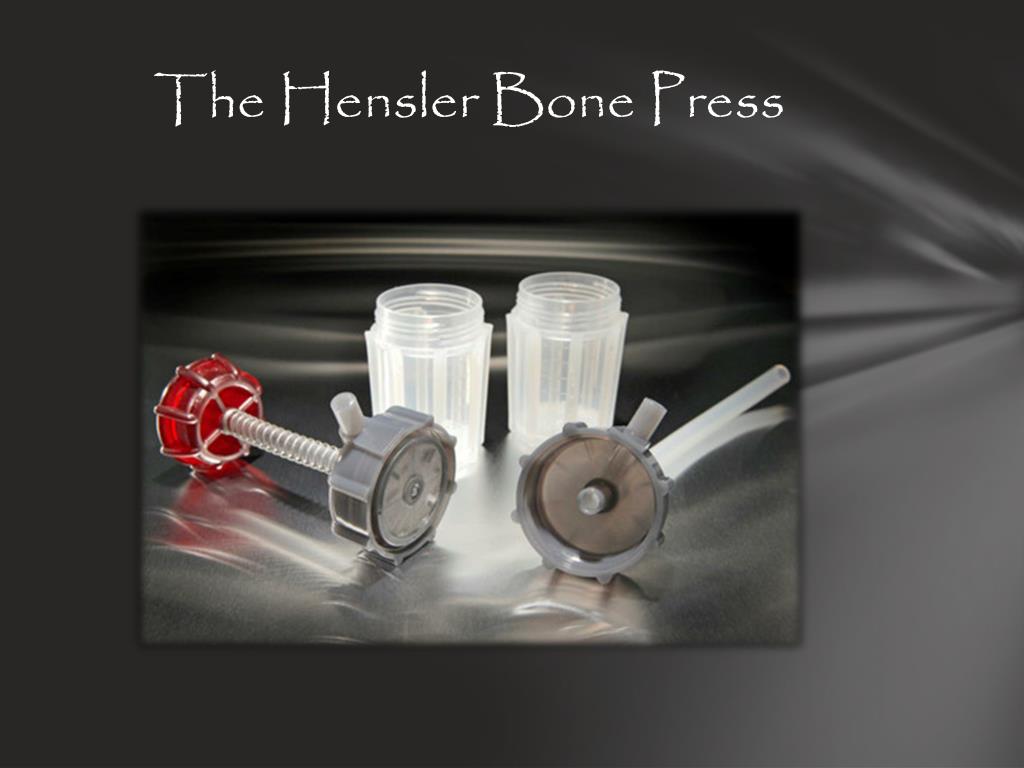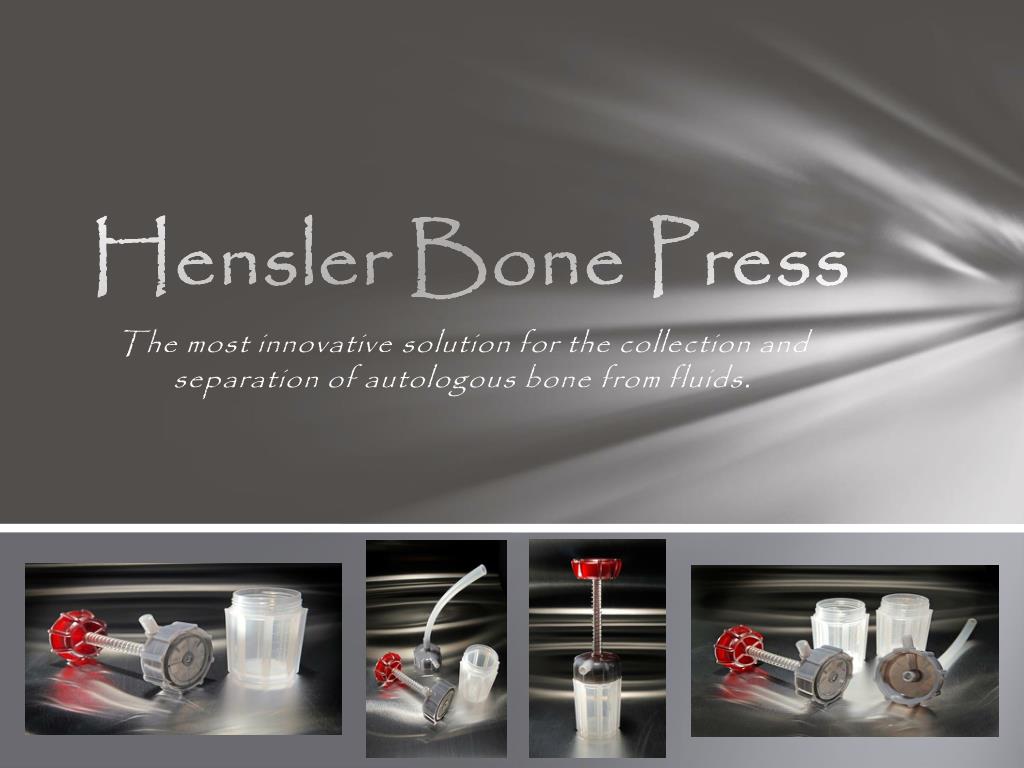Bone Pressed Vs Non Bone Pressed
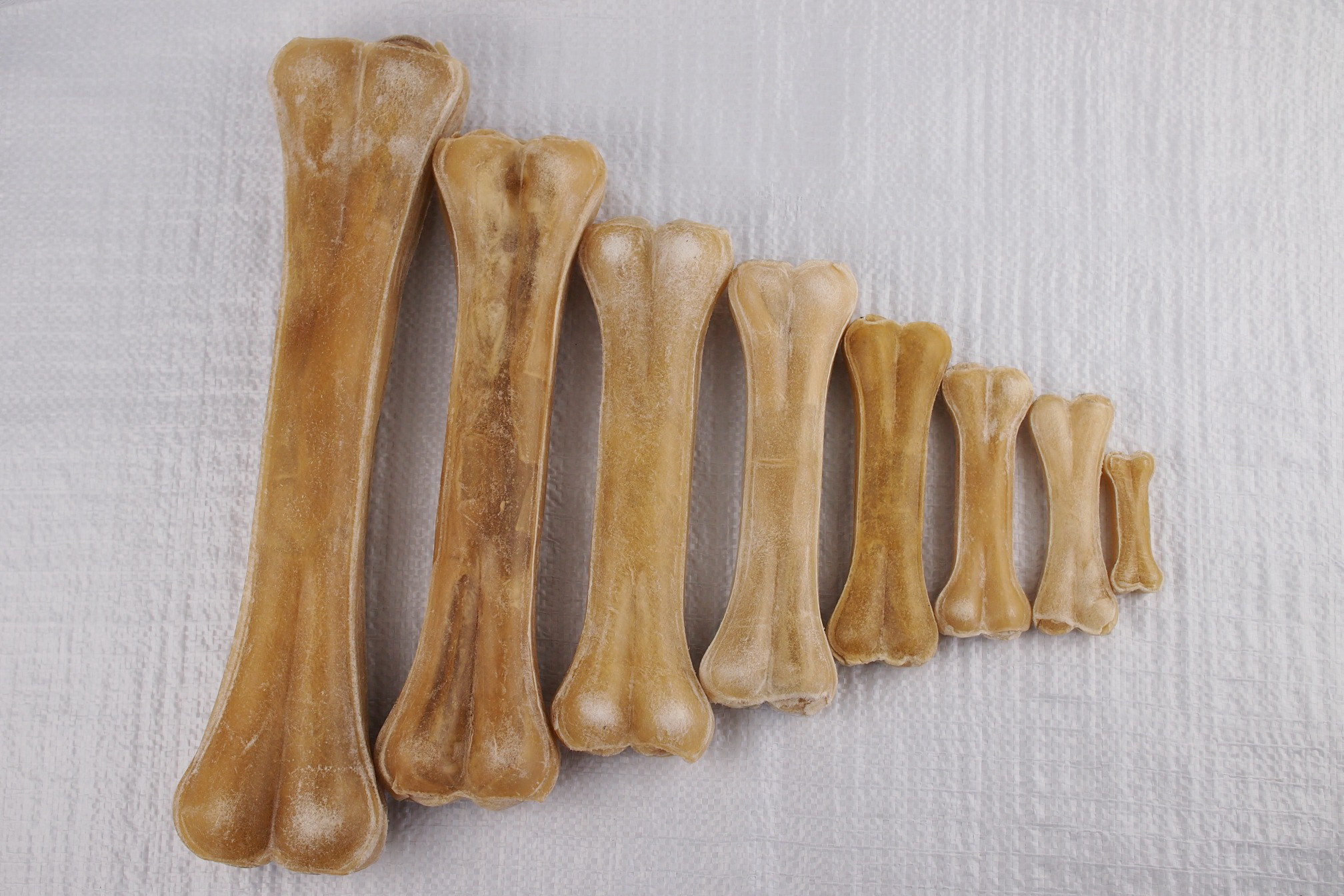
The pet treat industry, often overlooked by consumers, is currently experiencing a surge in awareness regarding the distinctions between bone-pressed and non-bone-pressed rawhide chews. This shift is driven by growing concerns surrounding safety, digestibility, and ethical sourcing, prompting pet owners to scrutinize labels and seek healthier alternatives for their canine companions. This article explores the differences, implications, and evolving market trends surrounding these two types of rawhide.
At the heart of this growing debate lies a simple question: what are the real differences between bone-pressed and non-bone-pressed rawhide, and why does it matter to pet owners?
Understanding Rawhide: The Basics
Rawhide chews are a common treat for dogs, typically made from the inner layer of cow or horse hides.
These hides are cleaned, processed, and cut into various shapes and sizes, designed to provide dogs with a long-lasting chewing experience.
Bone-Pressed Rawhide
Bone-pressed rawhide is manufactured using a process that involves compressing pieces of rawhide together, often around a bone or bone-like shape.
This creates a denser, more rigid chew that is marketed as being longer-lasting and more durable.
Manufacturers often claim that this method provides enhanced dental benefits due to the increased chewing time.
Non-Bone-Pressed Rawhide
Non-bone-pressed rawhide, on the other hand, typically involves fewer steps and uses larger, single pieces of rawhide.
These pieces are often rolled, folded, or tied into various shapes without the intensive compression process used in bone-pressed varieties.
This results in a less dense chew that may break down more easily.
The Safety and Digestibility Debate
The primary concern voiced by veterinarians and animal welfare advocates revolves around the digestibility and potential safety hazards associated with rawhide, particularly bone-pressed varieties.
"The compression process used in bone-pressed rawhide can make the material incredibly dense, which can be difficult for dogs to digest," explains Dr. Emily Carter, a veterinarian specializing in canine nutrition.
This increased density can lead to gastrointestinal upset, blockages, and even the need for surgical intervention in some cases.
Non-bone-pressed rawhide, being less dense, generally poses a lower risk of causing blockages, but it's still important for owners to supervise their dogs during chew sessions.
Smaller pieces can still be swallowed and potentially cause digestive issues.
Ethical Sourcing and Manufacturing Practices
Another point of contention arises from the ethical sourcing and manufacturing practices employed in the rawhide industry.
Reports have surfaced detailing the use of harsh chemicals, such as bleach and formaldehyde, during the tanning and processing stages of rawhide production.
These chemicals can remain in the final product and potentially pose a health risk to dogs.
Consumers are increasingly demanding transparency regarding the origin and manufacturing process of pet treats.
Some companies are responding by offering rawhide products sourced from grass-fed cattle and processed without the use of harsh chemicals.
"We believe that pets deserve the same level of quality and safety as humans when it comes to food and treats,"states John Smith, CEO of Honest Paws, a company specializing in natural pet products.
"That's why we are committed to sourcing our rawhide from reputable suppliers who adhere to strict ethical and environmental standards."
Market Trends and Consumer Preferences
The growing awareness of the potential risks associated with traditional rawhide has fueled a surge in demand for alternative chew options.
These include chews made from natural materials such as sweet potato, bully sticks, and dental chews formulated with digestible ingredients.
The market is also seeing an increase in the availability of bone-pressed and non-bone-pressed rawhide products labeled as "natural" or "organic," though it is essential for consumers to carefully scrutinize the ingredients list and sourcing information to ensure the claims are genuine.
Retailers are responding to this trend by dedicating more shelf space to alternative chew options and providing consumers with more information about the different types of rawhide available.
The Bottom Line: Informed Decision-Making
Ultimately, the choice between bone-pressed and non-bone-pressed rawhide, or whether to offer rawhide at all, rests with the individual pet owner.
However, making an informed decision requires a thorough understanding of the potential risks and benefits associated with each type of chew.
Consulting with a veterinarian, researching product labels, and considering the dog's individual chewing habits and sensitivities are crucial steps in ensuring their safety and well-being.
As the pet treat industry continues to evolve, consumer awareness and demand for transparency will undoubtedly drive further innovation and improvements in product safety and ethical sourcing.
